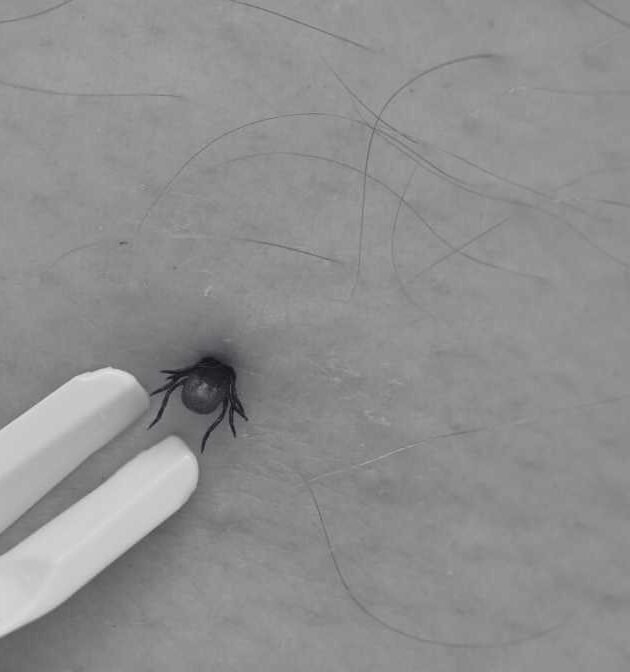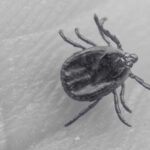
All About Ticks On Humans And Tick Removal
August 7, 2024
Termite Swarmers: Are Flying Termites Dangerous?
August 13, 2024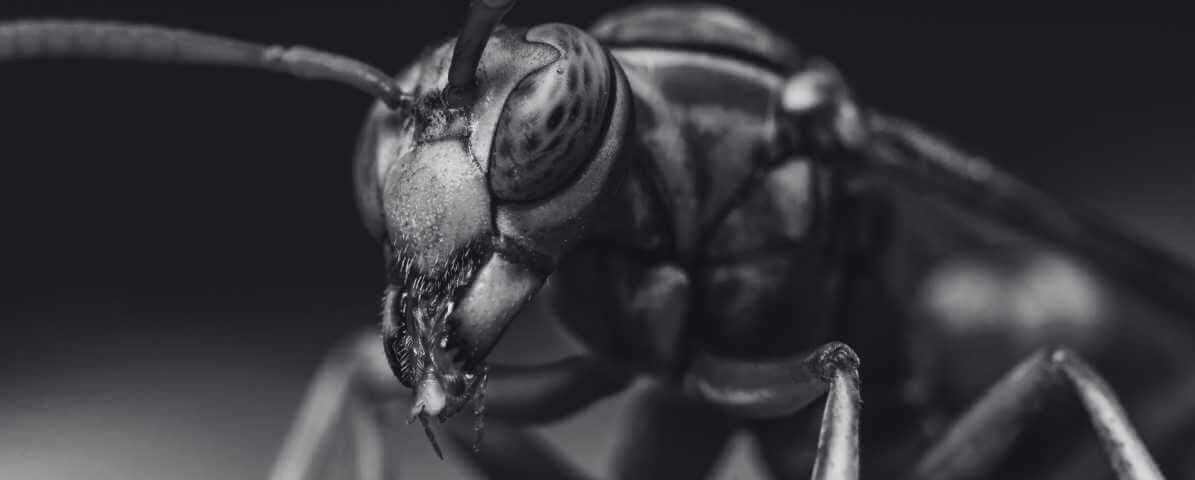
Hornets Blog
Asian giant hornet attacks honey bees and various other insects species. They are capable of eliminating the entire beehive in less than an hour.
Things You Must Know About The Asian Giant Hornet in Malaysia
Danger Asian Giant Hornet Brings To Humans And Crops
The Asian giant hornet, Vespa mandarinia, gain significant attention as its population expands beyond its native habitats in Asia. The largest hornet in the world with potent venom posing serious threats to humans and agriculture alike. There have been reports of this invasive species in regions like the United States, British Columbia and Washington state. Its presence raises alarm because of its aggressive behaviour and the danger it presents.
This article aims to provide an in-depth overview of the dangers that the asian giant hornet brings to humans and crops. Emphasising the importance of awareness and safe management practices. Additionally, we feature a tragic media coverage about the death of Nur Nazihah Mohd Sabri. A young girl stung by a swarm of giant hornets, underscoring the urgent need for caution.
Most Painful Hornet Sting That Can Be Life Threatening
The Asian Giant Hornet, Nature’s Largest Hornet
They holds the distinction of being the largest hornet in the world. Measuring up to 5 cm (about 2 inches) in length with a wingspan of 6 cm. Its bright orange heads and yellow-orange legs set them apart from other stinging insects, like bald-faced hornets or yellow jackets. The giant hornet comes from parts of East Asia, like Japan, Korea, and China, helping control pest populations.
In some regions like British Columbia and Washington State in the United States, they are classify as invasive species. Its arrival is concerning because it can disrupt local ecosystems and threaten native bee populations. Especially the honey bee hive and its population, critical for pollination.
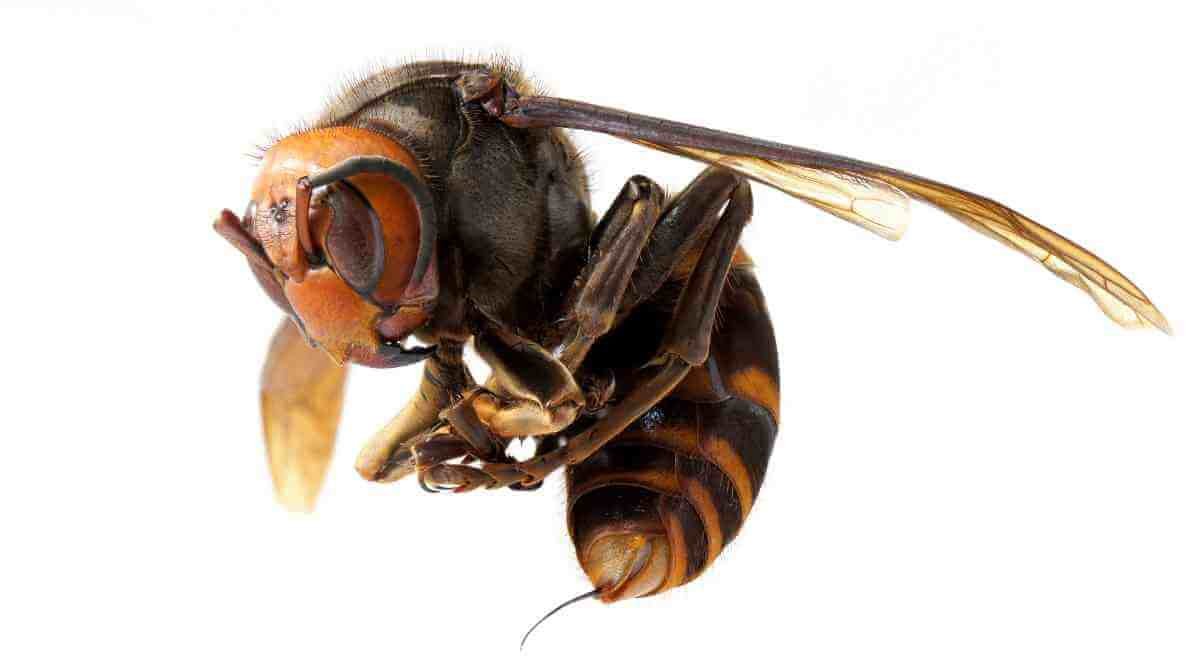
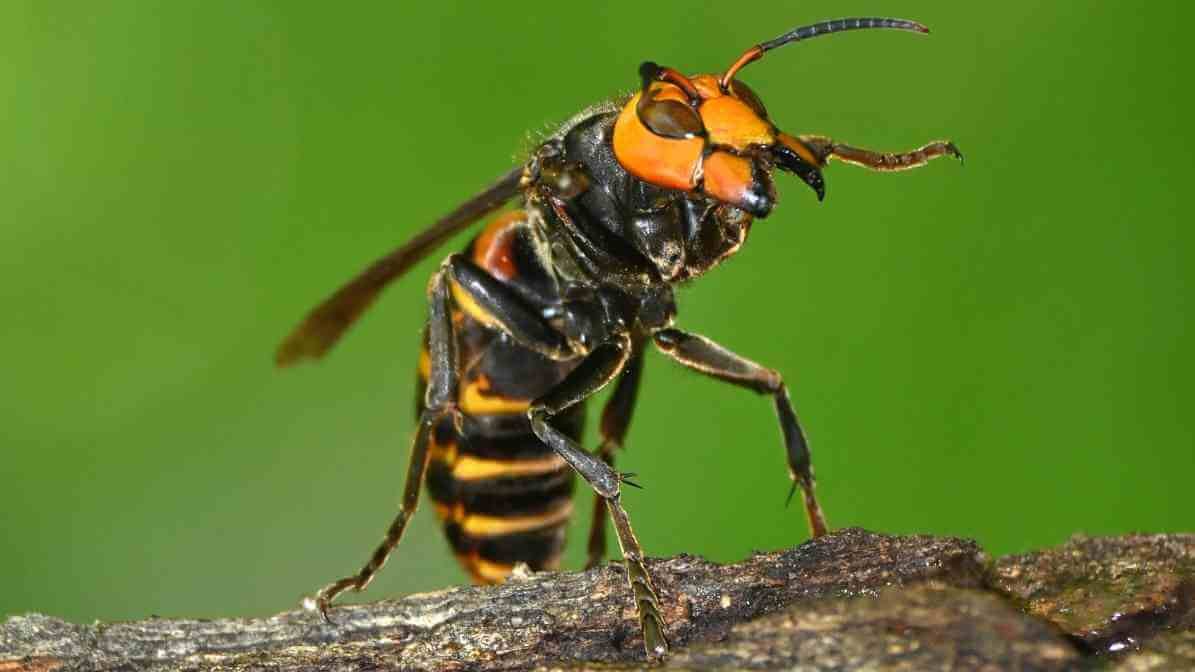

Immediately Seek Medical Attention For Multiple Stings
Asian Giant Hornet Dangers to Humans
While the giant hornet is primarily fear by many because of its size and aggressive defences. It also poses a direct risk to human safety. The most fear aspect revolves around being attack by hornet, particularly when provoke or by accident disturb their nests. Their venom is potent, containing neurotoxins that can cause severe pain and, in some cases, life-threatening reactions.
The most painful hornet sting because of the intense burning sensation it inflicts, often describe as worse than a bee sting or yellow jackets. Multiple insect stings or repeat attacks can be particularly dangerous, causing allergic reactions or anaphylactic shock. Some victims especially those with allergies may experience symptoms such as swelling, difficulty breathing, dizziness or even collapse. Emergency medical attention is crucial if stung by a hornet and experiencing allergic reactions.
Despite their aggression, they generally stings only when threaten, but its life threatening potential cannot be underestimate. Especially in cases of multiple stings or people with allergies.
The Risk Asian Giant Hornet Inflict To Farmers And Crops
The Threat Asian Giant Hornet Brings to Crops and Agriculture
Beyond the danger to humans, they poses a significant threat to crops and natural honey bee hive populations. As part of their aggressive defence of their nest, these hornets can attack honey bees. And various other stinging insects, such as bald faced hornets and yellow jackets. When a hornet stings a bee or stings by a hornet itself, it can kill or severely weaken the colony.
The northern giant hornet is capable of destroying entire bee hives, which are vital for pollination. This destruction impacts crop production, particularly fruits and flowering plants, which rely on bees for fertilisation. In addition, they target plant or animal protein sources, feeding on carcasses or piggybacking on insect prey. Which further disrupts local biodiversity.
Are There Insects That Are Similar Looking As The Asian Giant Hornets?
Plenty of other insects are currently mistaken for asian giant hornet. Panic individuals end up killing beneficial insects that contributes to our eco system that poses no threat to mankind.
The 2019-2020 Invasion and Media Coverage
8 Years Old Young Girl, Killed By Multiple Stung by Hornets
In December 2019, reports of sightings in North America, particularly in British Columbia and Washington state, sparked widespread concern. However, tragedy struck in May 2020 in Dungun, Terengganu, Malaysia. A region where people had not previously known these hornets.
An 8-year-old girl, Nur Nazihah Mohd Sabri, faced an attack from a swarm of hornets while playing outdoors with her brother. The hornets, presumed to be the giant hornet, emerged from a nest nearby and launched an attack on the children, stinging Nur multiple times. Despite the quick response from her family and the emergency services, the severity of her injuries was devastating.
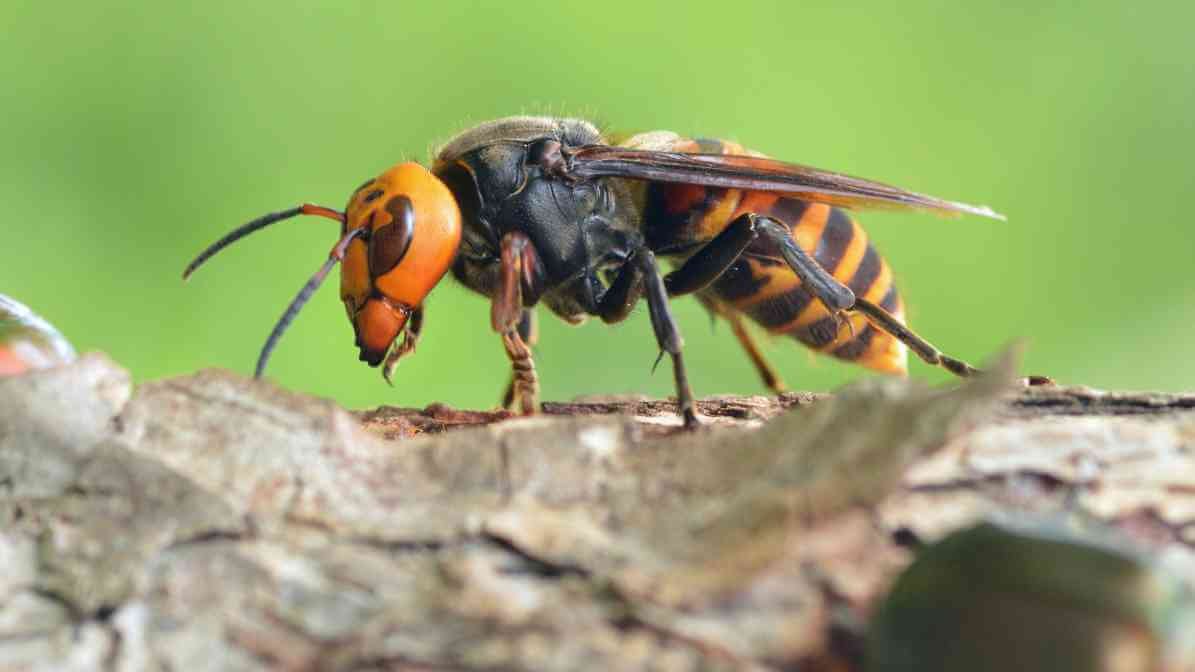
Nur was immediately transfer to Sultanah Nur Zahirah Hospital for urgent treatment. Despite intensive medical efforts to treat her multiple stings and manage the allergic reactions, her condition worsened rapidly. The young girl suffered internal organ failure because of the venom’s toxic effects, leading to her tragic death. Her mother was inconsolable, highlighting the tragic loss of a life cut short by an aggressive and invasive species.
The incident sent shockwaves through the community. With parents warning children to avoid areas where hornet nests might be present. It also underscored the importance of public awareness about the potentially lethal nature of the asian giant hornet.
Media Coverage of the Nur Nazihah Tragedy
Attacked by Asian Giant Hornet in Terengganu
This sad event showed how close Southeast Asia came to the dangers of the giant hornet outside its home area. Reports from local and international media said that Nur was attack by a hornet many times. This attack was deadly right away. Emergency responders hurry her to the hospital, however, the serious effects of her hornet stings had already begun.
Her story served as a grim warning to others about the importance of avoiding stinging insects. Especially the giant hornet, which can be identify for other stinging insects like bald faced hornets or yellow jackets. The State Department of Agriculture intensify efforts to safely remove nests of the invasive species to prevent similar tragedies.
The media coverage sparked concern about invasive species. People need to be aware, especially as the Asian giant hornet spreads. Experts emphasise the importance of professional pest control when dealing with hornet nests. Rather than attempting removal on your own, to avoid dangerous encounters.
The Asian Giant Hornet Presents Multiple Threats
Why Is the Asian Giant Hornet So Dangerous?
More serious with severe reactions from bites and stings may take a longer time to clear up. The typical road to recovery cycle from ant bite usually as the timeline below:
Sting Potency
It delivers the most painful hornet sting known, causing intense burning pain and swelling.
Multiple Stings
Its aggressive defence of nests can lead to multiple stings in a single attack. With the potential to cause life threatening reactions.
Allergic Reactions
For some individuals, being stung by a hornet can trigger severe allergic responses, requiring immediate medical attention.
Impact on Crops
Its predation on honey bee colonies disrupts pollination, threatening crops and agriculture.
Invasive Threat
As an invasive species, the giant hornet can quickly establish itself in new territories. Threatening native stinging insects and ecosystems.
Prevention and Safety Measures
The Potential Danger of The Asian Giant Hornet
Given the potential danger of the asian giant hornet, prevention is crucial:
Avoid disturbing nests, they may attach when feel threaten.
Avoid removing hornet nest on your own for safety reasons. Contact Innovative pest control professionals.
Install traps near home or farm areas to reduce the risk of encountering these hornets.
Keep trash covered and clean up organic matter that attracts hornets.
Educate your community about the identification of the giant hornet. Especially distinguishing it from other stinging insects like yellow jackets or bald faced hornets.
Seek immediate medical care if stung by a hornet, especially if experiencing symptoms of an allergic reaction.
Professional Hornets Control Services
Innovative Pest Blog Summary
The asian giant hornet has become a symbol of danger and ecological disruption. The tragic story of Nur Nazihah Mohd Sabri is a stark reminder of how the giant hornet, the most painful hornet, can threaten lives. Particularly those who encounter them unprepared. Knowing facts about flies and stinging insects, like the giant hornet, shows why we need awareness and respect.
We highlights the need for proper pest control, protecting crops and save lives. We need to act and stay alert, community efforts are key in managing these invasive species. Staying informed and cautious can make all the difference in preventing tragedy and maintaining harmony with the natural environment.


